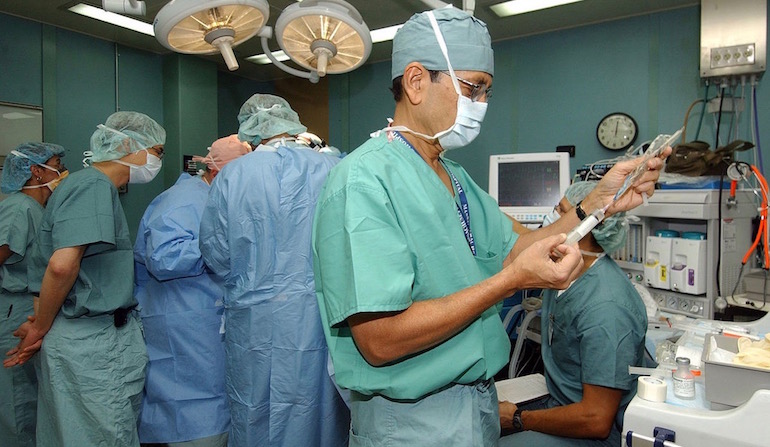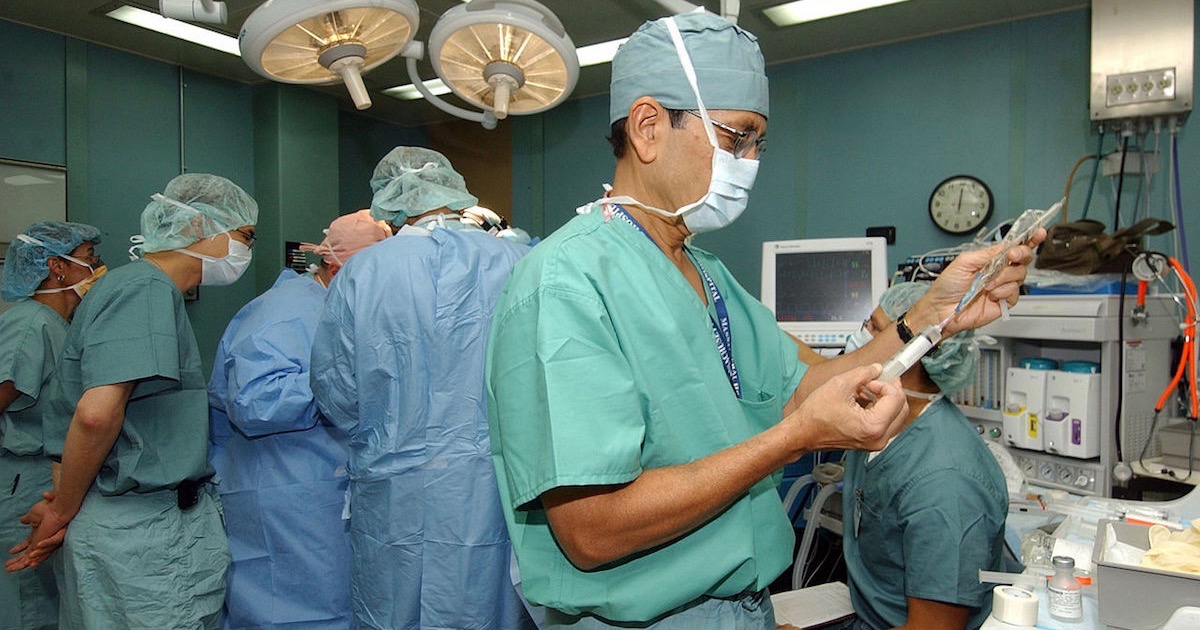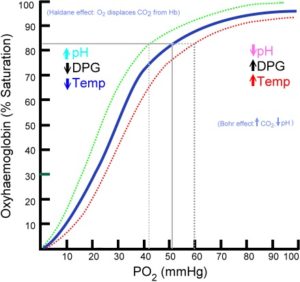 Intelligent Design
Intelligent Design
 Life Sciences
Life Sciences
 Medicine
Medicine
Why Understanding Intelligent Design Helps Us to Understand Physiology


Editor’s note: We are delighted to welcome Dr. Anderson as a new contributor to Evolution News.
I am an anesthesiologist in South Africa. As in the United States, physicians in South African must pass certifying examinations to qualify as anesthesiologists, and I am an examiner for the Faculty of Anaesthesiologists of the College of Medicine of South Africa.
A while back I was sitting across from a candidate who had been studying hard for his oral certifying exam in anesthesiology. He had already passed his exams in medicine and had been a physician for five years. His internship (called a housemanship in South Africa) was complete; he had finished a year of national community service (required of physicians in South Africa); and he had spent a year gaining experience in ear, nose, and throat surgery before deciding that he wanted to pursue a career in anesthesiology. He had already passed the difficult written exams for his specialization and was waiting to be invited to the Nelson Mandela School of Medicine in Durban to face his oral examiners.
My goal was to help him prepare for the exam by giving him practice orals and tips on how to do well in such a situation. I tried to make the practice exercise as close to the real thing as possible. Even though he knew that our exercise was not for marks and had no bearing on his future career, he was feeling nervous and under pressure to pass.
I asked him about the transport of oxygen in the body, and I concentrated on the features of the hemoglobin molecule that make it well suited for the role it plays. Specifically, the hemoglobin molecule has an increased affinity for oxygen (O2) in the alveoli of the lung, where the O2 level is high. But it has a decreased affinity for O2 in the capillaries of the peripheral tissues, where the O2 is low and the high level of carbon dioxide (CO2) makes the tissues more acidic. (This is called the Bohr effect, after Danish physiologist Christian Bohr.) So hemoglobin releases O2 at precisely the point where it has the shortest path to diffuse from the blood to the mitochondria of the cells.
By a different mechanism, hemoglobin in the peripheral capillaries binds to CO2. This converts the molecule to carbaminohemoglobin, which has a low affinity for O2. In the alveolar capillaries of the lung, where the level of CO2 is low and the level of O2 is high, carbaminohemoglobin releases its CO2 and reverts to hemoglobin, with its high affinity for O2. (This is called the Haldane effect, after Scottish physiologist John Haldane.)
 We are able to plot an Oxyhemoglobin Saturation curve comparing the degree of oxygen saturation of hemoglobin to the level of oxygen in the blood. Under conditions in the lung represented by the green curve (high O2, low CO2) hemoglobin takes up oxygen more readily; under conditions represented by the red curve in the peripheral tissues (low O2, high CO2), hemoglobin takes up oxygen less readily
We are able to plot an Oxyhemoglobin Saturation curve comparing the degree of oxygen saturation of hemoglobin to the level of oxygen in the blood. Under conditions in the lung represented by the green curve (high O2, low CO2) hemoglobin takes up oxygen more readily; under conditions represented by the red curve in the peripheral tissues (low O2, high CO2), hemoglobin takes up oxygen less readily
The candidate I was questioning tied himself up in knots trying to remember and explain what factors shift the curve left and what factors shift it right. He had been taught that hemoglobin had evolved by randomly mutating genes and that this amazing molecule was undesigned. But if he had taken a design perspective in physiology, he would have thought, “If I were to design a molecule to do this job, what properties would it have?” He would have known that a designed molecule would have greater affinity for oxygen in a milieu where it is most advantageous for the body to extract oxygen from its surroundings, and decreased affinity in a milieu where it is most advantageous for the body to receive oxygen, despite there being no advantage to the molecule itself. From a design perspective, it would be common sense to know what would shift the curve left or right.
The candidate was not unintelligent; quite the contrary. It’s just that the Darwinian evolution he was taught was like a millstone holding him back, whereas an understanding of intelligent design would have freed him to embrace physiology for all it is worth. Hemoglobin is only one molecule, and its changing affinity for oxygen relative to its position in the body is only one aspect of it. Name any organ, structure, enzyme, or function of the body, and I will happily explain its design features.
The progress of my career from wide-eyed and nervous first year medical student to head of an anesthesiology department and examiner for the Colleges of Medicine of South Africa was at no point aided by an understanding of Darwinian evolution, even though I was taught it and was first in my university class in biology. And my understanding of Darwinian evolution has not in any way benefited the manner in which I treat patients. Quite the opposite!
Every year, when I give the annual opening address at our hospital when welcoming new graduates and senior medical officers, I point out that it is only when you understand the human body as the pinnacle of design that you can truly care for patients.
Studying the Darwinian theory of evolution at medical school may align the beliefs of medical students with those of their colleagues in the biology department, but it in no way benefits them as physicians or helps them practice medicine. On the contrary, as the candidate I was helping illustrates, a lack of understanding of design in physiology may hinder their performance. A student happy to embrace design will have one less mental hurdle to overcome.
Images: Top: Anesthesiologist, U.S. Navy photo, by Photographer’s Mate 2nd Class Jeffrey Russell [Public domain], via Wikimedia Commons; lower: oxyhaemoglobin dissociation curve, by Ratznium [Public domain], via Wikimedia Commons.
